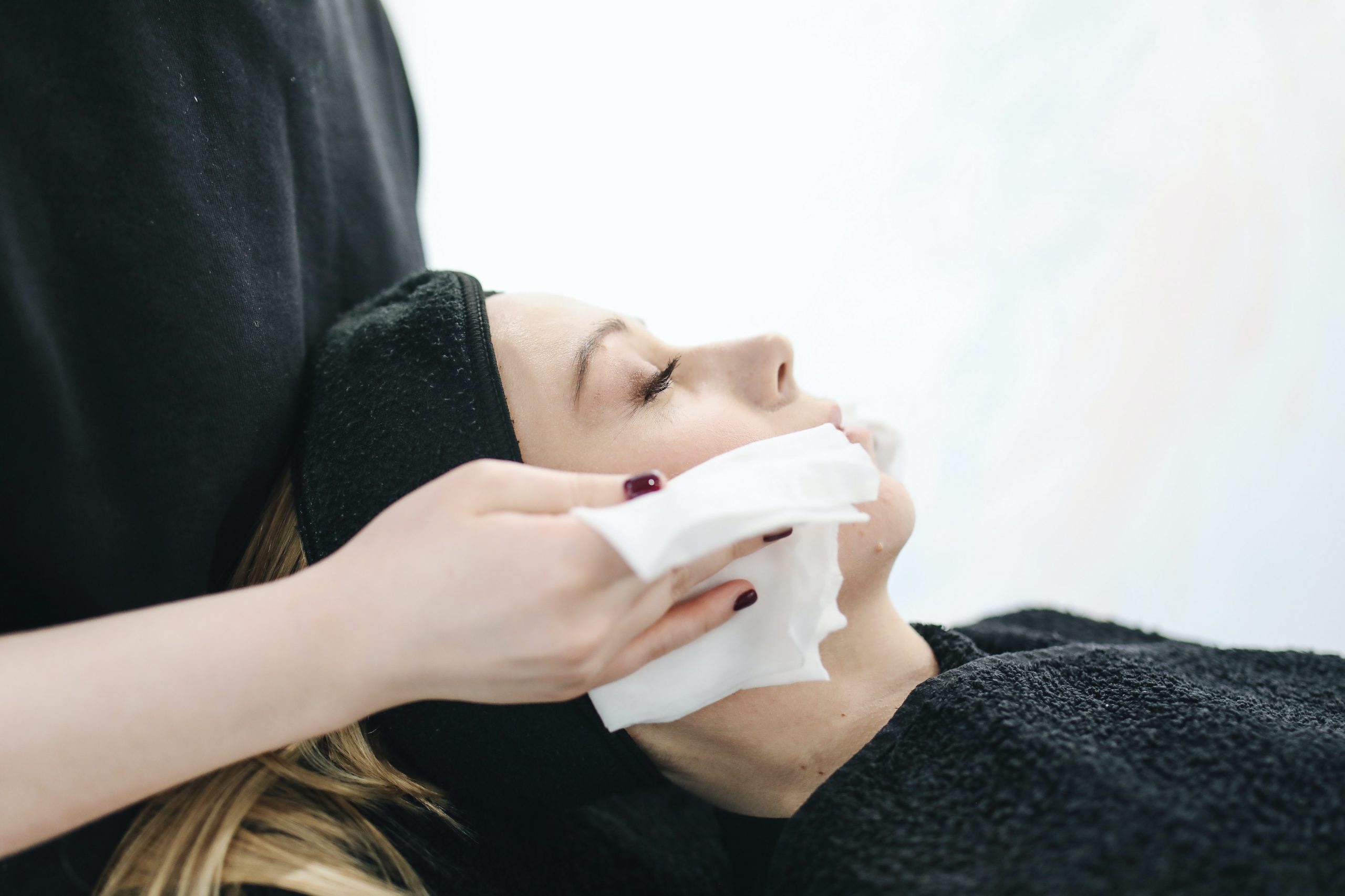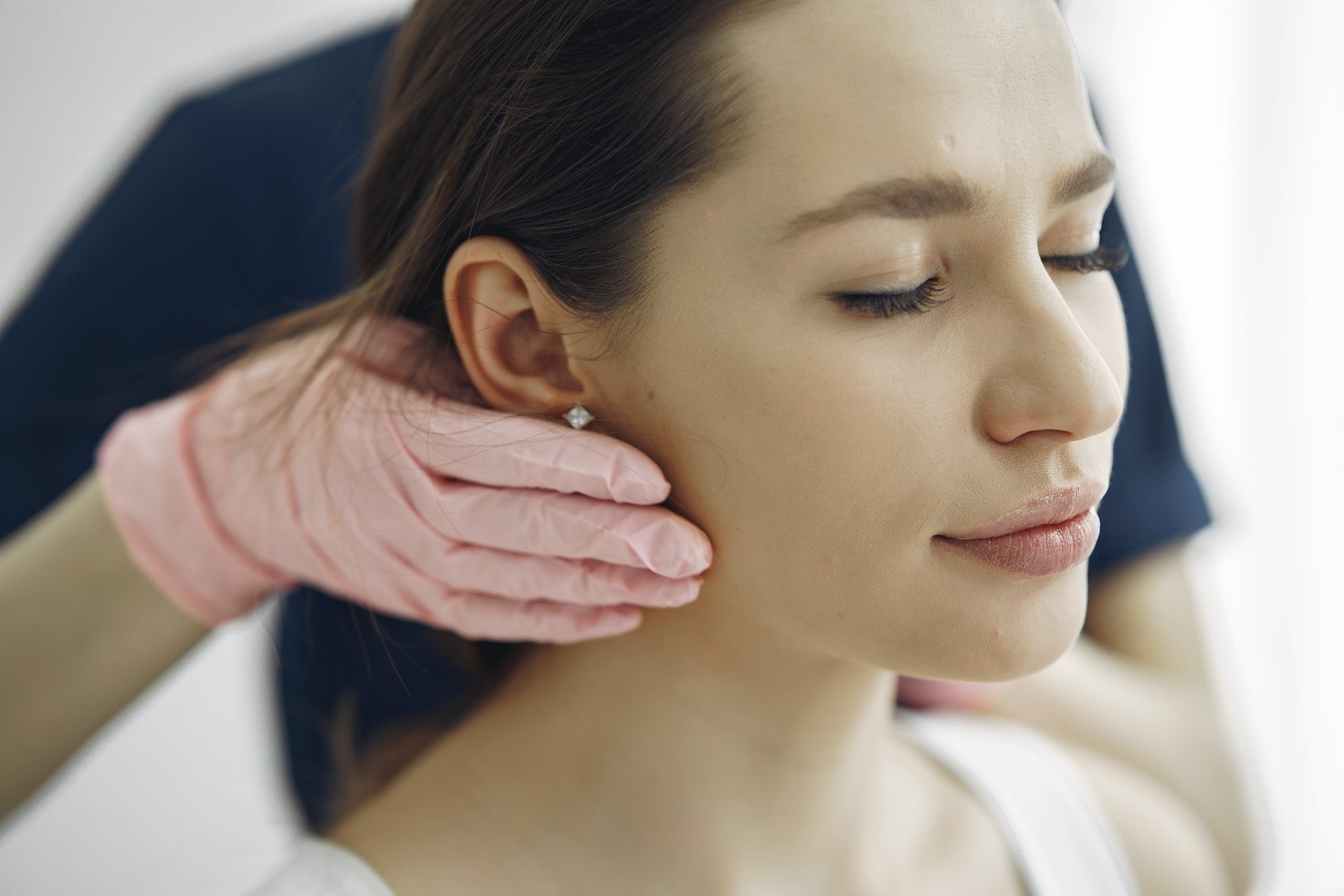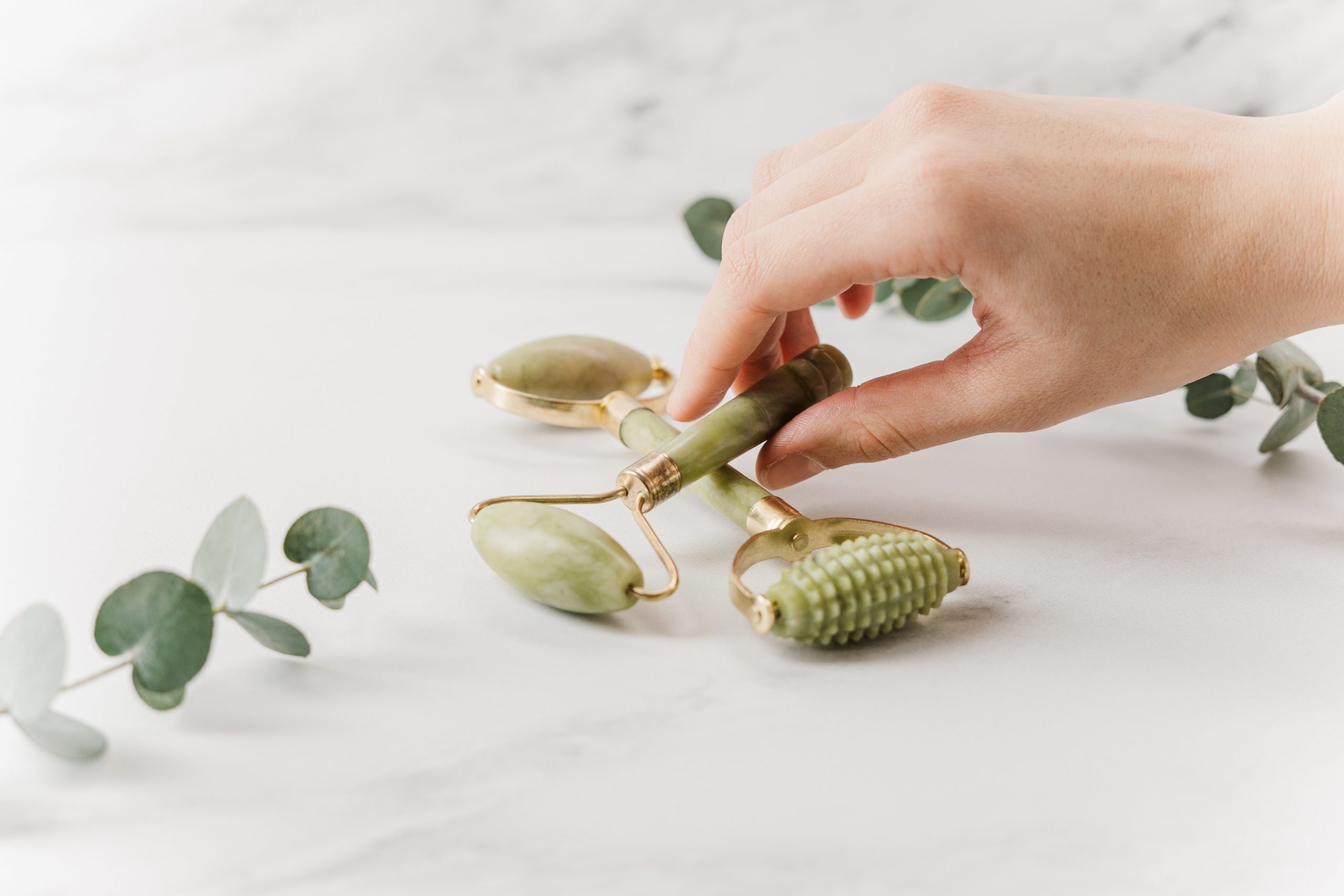
If you put the word needle in a procedure, it instantly sounds a little scarier. But microneedling is actually far less intimidating than you might think.
The procedure is invasive, but just barely, and there’s numbing cream involved, it’s true. Microneedling also happens to come with a ton of amazing benefits to the skin, though, which makes it all worth it.
A microneedling treatment is longer lasting than a traditional facial, as it thickens the skin and helps your body to produce collagen. As a result, your skin stays smooth, firm and radiant for up to twelve months once we have achieved the maximum results. It can also be used in combination with a chemical peel, dermaplaning or a skin-tox.
Granted, the concept of having needles put into your face might still make you shudder, but a quick online search will show you how worthwhile it can be when you see the results. It’s incredibly effective.
However, we’re firm believers in knowing as much as possible before we dive into a new and exciting skin treatment, so we’ve done the digging and put it all in one place. Because we’re nice like that!
What exactly is microneedling?
To use the technical term, microneedling is a collagen induction therapy. This means it’s a skin treatment that’s designed to encourage your skin cells to rejuvenate the way they would naturally.
The treatment uses tiny needles to create punctures in the top layer of our skin. As you might expect, the number of needles and depth of those punctures can vary from treatment to treatment. Your professional will usually adjust the needles from between 0.5 millimetres and 2.5 millimetres. This typically depends on how many layers of skin should be penetrated for your particular skin concern.
Creating small punctures in the skin’s surface kickstarts your body into producing collagen and elastin, the two greatest allies your skin has in looking smooth, fresh and youthful. This kickstart occurs because your body treats the microneedling process as a wound that needs healing and sends fibroblasts to the “damaged” area.
By thickening the skin and boosting elastin and collagen production, microneedling can be an effective treatment for scarring, pigmentation, dull skin, wrinkles. It can even help to reduce the size of your pores.
What happens during my treatment?

Before the microneedling itself begins, your professional will cleanse your face and apply a numbing cream to the areas that need treating. The topical cream can take around 15 minutes to properly take effect, and once you’re good and numb, your professional will apply a serum to promote healing and skin repair.
Once you’re prepared, a microneedling “pen” will be moved back and forth over your face, to ensure the serum is thoroughly absorbed. The needles move up and down as we do this, to really make sure the serum is “needled in”.
Afterwards, we apply an additional layer of serum to the face, and then a mask which seals the serum in.
Will microneedling hurt?
Tiny needles piercing the delicate skin of your face sounds like it would hurt, doesn’t it? But thanks to the numbing cream, we take away even the minimal pain of the process.
However, it’s only fair that we warn you that there can be some soreness after the procedure. Your face will probably be pink and look a little sunburned. At the most, you may see a few small scabs, but these will quickly disappear in a matter of days.
Will microneedling work for me?
Generally, the answer is yes. Microneedling is a great choice of treatment for smoothing and filling out the skin, fading acne scars and bringing about an all-around radiant, youthful glow.
There are a few scenarios where microneedling isn’t a good option, though. If you have skin concerns such as rosacea, eczema or just particularly sensitive skin, then it’s better to steer clear – though your professional would advise you of such. It’s also important to ensure you don’t have any infected or inflamed areas on the skin to be treated.
Certain medications can make microneedling unsuitable, too. Blood-thinning medications can make the procedure riskier, as can regularly drinking alcohol. If you’re unsure if this applies to you, just ask your professional.
Can I only use microneedling on my face?
Not at all! Though it’s most commonly used to treat the face, microneedling can actually be used almost anywhere you’re seeking a collagen boost.
In fact, it’s a truly brilliant treatment for those with stretch marks, and can make a real difference on your chest, legs and bum.
How often will I need microneedling treatments?

This can vary from person to person, as it depends on the skin concern you’re looking to treat. If your skin is quite normal and well cared for, then microneedling can be performed every three to six months.
However, if your skin is significantly scarred by acne, you may need more treatments in the early stages, such as once a month. You should then follow up every four to six months for maintenance treatments.
Once the optimum results have been achieved, you should be able to dial it down and come in around every 12 months for “touch-ups”.
What will my aftercare look like?
Though microneedling is relatively painless thanks to the application of a topical numb cream, it will still leave your skin red and more sensitive than usual for a while. As such, while your skin is in a delicate state, it’s best to apply a broad-spectrum SPF of at least 30 for the weeks following your treatment. But you should always wear an SPF, anyway!
If you already adhere to a relatively rigid skincare routine, take care with certain products after your treatment. Acids such as salicylic acid and glycolic acid will be too strong for your skin for a while, and cause irritation, as will retinol products.
You’ll also need to pay attention to your skin’s hydration levels and apply a hydrating serum to your skin as part of your daily routine. Try to avoid exfoliating in the few days after your session and stick to a mild cleanser.
On the day of your treatment, it’s better to avoid applying make-up afterwards. However, by later in the evening you’re probably alright.
Is microneedling the same as using a derma roller?

The quick answer, yes and no. The longer answer is that they’re similar, but not the same.
At-home derma rollers are just that – intended for you to use at home. Which means in order to prevent skin enthusiasts from injury, they have much shorter needles and don’t penetrate the skin as deeply. So, while dermarolling works in a similar way, you won’t get the same amazing results as you would from a microneedling treatment.
However, if you’re considering adding an at-home derma roller into your skincare routine, it’s best to do it the right way. Which means ensuring that your skin is thoroughly cleansed before you use the derma roller and applying your serums on top of this before bed.